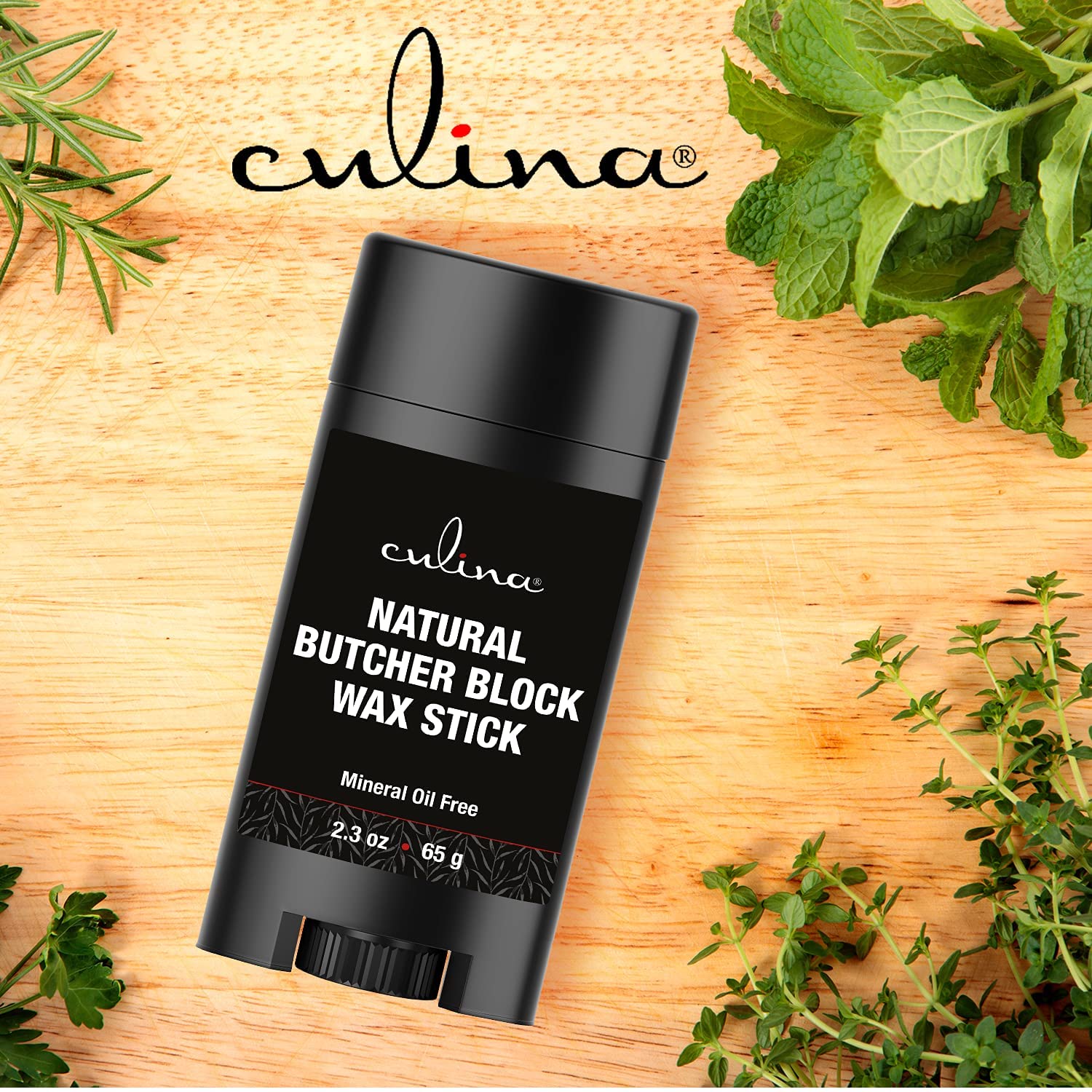When it comes to cooking, especially for those of us who love chicken, the question ‘how long to let meat tenderizer sit’ often comes up.
Not everyone understands the science behind using a meat tenderizer. It’s crucial to learn the best practices to enhance flavors and ensure tenderness in your dishes.

What is Meat Tenderizer?
A meat tenderizer is a substance that’s applied to meat to break down tough fibers, making it easier to chew and digest. Common tenderizers include enzymes like papain from papayas or bromelain from pineapples.
The Science Behind Meat Tenderizers
Enzymes in tenderizers work by breaking down the proteins in the meat, resulting in a softer texture. It’s a delicate balance because if left too long, the meat can become too soft or mushy.

Types of Meat Tenderizers
There are three main types:
- Mechanical tenderizers: These include meat mallets or jaccard-style devices.
- Enzymatic tenderizers: Usually found in powdered form, containing enzymes.
- Marinades: Often acidic liquids that also help break down the meat fibers.
Choosing the Right Tenderizer
The choice between mechanical, enzymatic, or marinades depends on the type of meat and your desired results. For chicken lovers, marinades often work best by adding flavor alongside tenderness.

How Long to Let Meat Tenderizer Sit?
For enzymatic tenderizers:
- Chicken: Let it sit for 30 minutes to 2 hours.
- Beef: Typically, 1 hour to overnight.
- Pork: Between 1 and 3 hours.
Mechanical Tenderizing
If you are opting for mechanical methods:
- Use a meat mallet and cook the meat immediately after tenderizing.
Factors That Affect Tenderizing Time
Thickness of the Meat
Thicker cuts will naturally need more time for the tenderizer to penetrate thoroughly.
Type of Meat
As mentioned, different meats have distinct densities and muscle structures, which impact tenderizing time.
Temperature
Leaving the tenderizing meat at room temperature speeds up the process, but for safety reasons, it’s better to tenderize in the refrigerator.
Risks of Over-Tenderizing
If left too long, enzymatic tenderizers can turn your meat mushy. Be cautious with the timing and check frequently.
Properly Applying Meat Tenderizer
Using Enzymatic Tenderizers
Sprinkle the tenderizer evenly on the meat. Ensure you cover all parts for consistent tenderness.
Applying Marinades
Pour the marinade over the meat, ensuring every part is coated. Store in a sealed container in the fridge.
Expert Tips and Tricks
- Always follow package instructions if using commercial tenderizers.
- Combine salt and acid for a natural tenderizer.
- For mechanical methods, ensure even pressure for best results.
Debunking Myths About Meat Tenderizing
Many believe more time equals better results. However, this isn’t the case. Proper timing ensures both flavor and texture.
FAQs
Is it safe to use meat tenderizers?
Yes, when used properly and following recommended guidelines.
Can I use natural ingredients as tenderizers?
Yes, ingredients like yogurt, buttermilk, and vinegar are effective and natural.
What happens if I over-tenderize the meat?
The meat can become too soft and lose its texture, making it mushy.
Conclusion
Understanding ‘how long to let meat tenderizer sit’ is a game-changer in the kitchen. For chicken lovers, mastering this art can result in dishes that are both delicious and tender. Whether you are using an enzymatic tenderizer, a marinade, or even a mechanical method, timing and proper technique are crucial. So, the next time you find yourself asking ‘how long to let meat tenderizer sit’, you’ll know just what to do for mouth-watering, tender meat every time!
For more on meat tenderizers, you can also refer to this guide.
Find out how to use baking soda as a meat tenderizer here
How to cook chicken drumsticks in air fryer read more
As an Amazon Associate, I earn from qualifying purchases.








